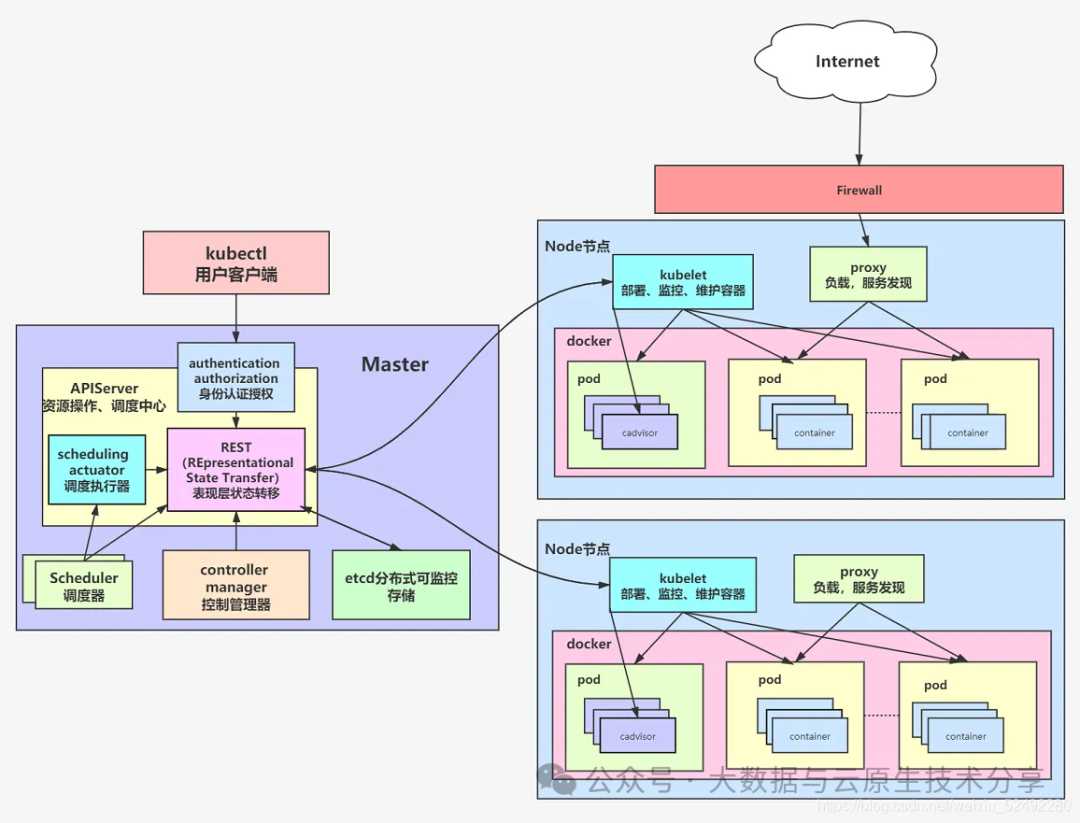Stateful and stateless in Kubernetes?

In Kubernetes, stateless and stateful are two important concepts that describe application behavior and architecture.
They are critical to how applications are designed, deployed, and managed to behave in a Kubernetes cluster.
 picture
picture
Stateless Applications: Stateless applications are those that do not rely on the state of any specific instance. This means that no matter when and where application instances are launched, they run in the same way and are not dependent on previous execution states.
Stateless applications are generally easy to scale because they can be copied and destroyed at will without losing data or state.
Characteristics of stateless applications:
1. Replaceability: There is no difference between instances. Any instance can be replaced by another identical instance.
2. Scalability: The number of instances can be easily increased or decreased according to the load.
3. Independence: Each instance is independent and does not depend on the status of other instances. 4. No persistent storage: does not rely on local storage, all data is stored in external storage systems.
Stateful Applications: Stateful applications refer to those applications that need to maintain and track state. This state may include user session information, application configuration, database records, etc. Stateful applications often require persistent storage and may require specific network identifiers and stable IP addresses.
Characteristics of stateful applications:
1. State persistence: Applications need to maintain state information over multiple cycles.
2. Sequentiality: The creation and deletion of instances are usually ordered and cannot be replaced at will.
3. Uniqueness: Each instance usually has a unique identifier, such as the master node or slave node of the database. 4. Persistent storage: A persistent storage volume is required to save state information.
5. Management of stateless and stateful applications in Kubernetes
In Kubernetes, stateless applications are usually managed through Deployment and ReplicaSet. These resources ensure that the number of replicas of the application always meets the desired state.
Stateful applications are managed through StatefulSet, which tracks the status of each Pod and ensures that they are deployed and deleted in an orderly manner, while providing stable storage and network identifiers.